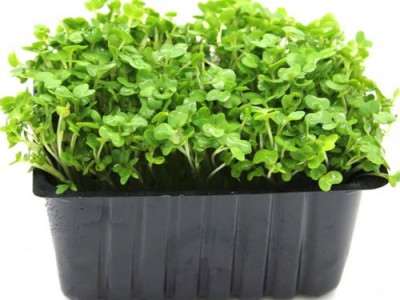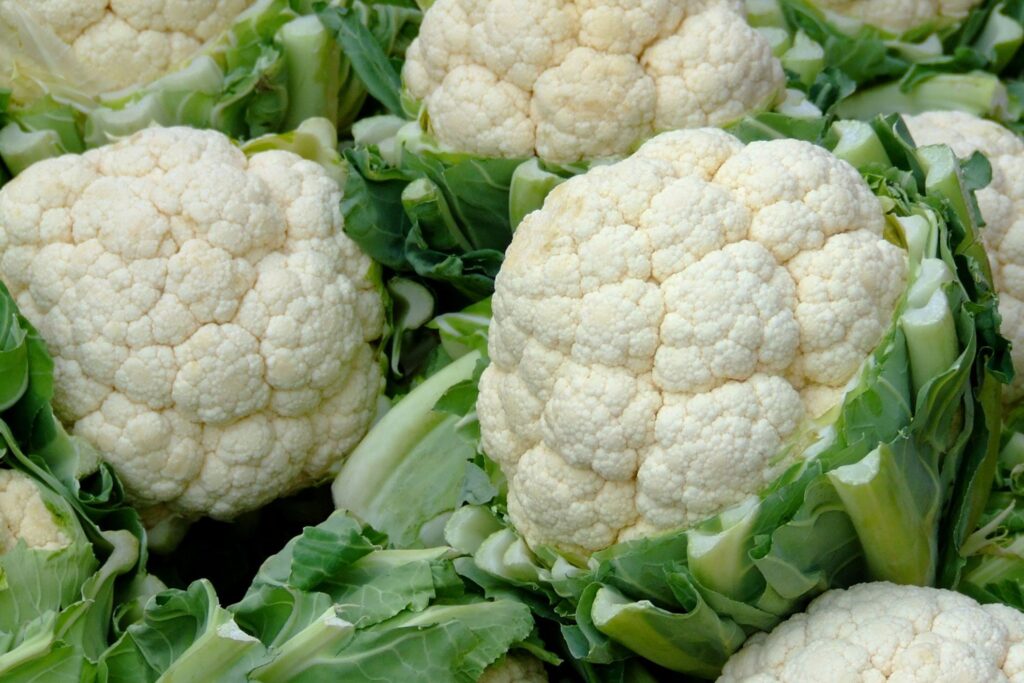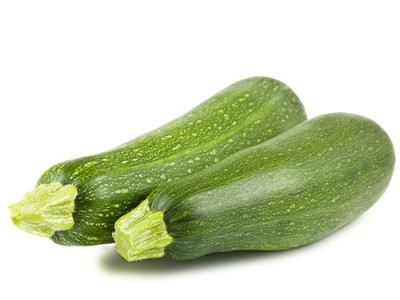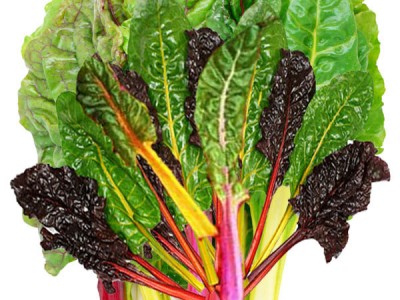
Cauliflower Home Remedies-Cauliflower Health Benefits
CAULIFLOWER
CAULIFLOWER USED FOR DIGESTION
- High in fiber: Cauliflower is a good source of dietary fiber, which is essential for a healthy digestive system. Fiber adds bulk to the stool, promotes regular bowel movements, and helps prevent constipation. Consuming adequate fiber can also support a healthy gut microbiome, as it serves as food for beneficial gut bacteria.
- Supports gut health: Cauliflower contains a type of fiber called prebiotics, which act as a fuel source for probiotics—the beneficial bacteria in the gut. Prebiotics help nourish the probiotics, promoting a balanced and healthy gut microbiome. A healthy gut microbiome is essential for proper digestion, nutrient absorption, and overall gut health.
- Digestive enzymes: Cauliflower contains certain enzymes that aid in the digestion of carbohydrates, proteins, and fats. These enzymes can support the breakdown and absorption of nutrients, making digestion more efficient.
- Anti-inflammatory properties: Cauliflower contains various antioxidants and anti-inflammatory compounds that can help reduce inflammation in the digestive system. Chronic inflammation in the gut can disrupt digestion and lead to digestive discomfort. Including anti-inflammatory foods like cauliflower in your diet may help alleviate these symptoms.
- Low in FODMAPs: FODMAPs (fermentable oligosaccharides, disaccharides, monosaccharides, and polyols) are a group of carbohydrates that can trigger digestive symptoms in some individuals, particularly those with irritable bowel syndrome (IBS). Cauliflower is considered low in FODMAPs, making it a suitable choice for those following a low-FODMAP diet or experiencing digestive sensitivity.

CAULIFLOWER USED FOR HOME
- Cauliflower rice: Cauliflower can be grated or processed into small pieces to create a rice-like texture. Cauliflower rice is a low-carb and gluten-free alternative to regular rice. It can be used in stir-fries, fried rice, grain bowls, or as a base for dishes like cauliflower rice pilaf.
- Roasted cauliflower: Toss cauliflower florets with olive oil, salt, and spices of your choice, then roast them in the oven until they are golden brown and crispy. Roasted cauliflower can be enjoyed as a flavorful side dish or used in salads, grain bowls, or as a topping for pizza.
- Cauliflower mash: Cook cauliflower until it is soft, then mash it with butter, garlic, and seasonings to create a creamy and nutritious alternative to mashed potatoes. Cauliflower mash can be served alongside meat or fish dishes, or used as a topping for shepherd’s pie.
- Cauliflower steaks: Slice a whole cauliflower head into thick slices to create “steaks.” Season them with spices, herbs, and olive oil, then grill or roast them until tender. Cauliflower steaks can be a hearty and satisfying main course or a unique addition to a vegetable-focused meal.
- Cauliflower soup: Cook cauliflower with onions, garlic, and broth, then puree it to create a creamy and comforting soup. You can customize the flavor by adding spices, herbs, or other vegetables to the soup.
- Cauliflower buffalo bites: Cut cauliflower into florets, then coat them with a mixture of flour, spices, and your favorite buffalo sauce. Bake them in the oven until crispy, and serve them with a dip for a healthier alternative to traditional buffalo wings.
- Cauliflower stir-fry: Add cauliflower florets to stir-fries with other vegetables, proteins, and your choice of sauce. Stir-frying cauliflower gives it a tender-crisp texture while retaining its flavor and nutrients.
- Cauliflower in salads: Add raw or blanched cauliflower florets to salads for a crunchy and nutritious component. Cauliflower pairs well with a variety of ingredients like leafy greens, roasted vegetables, nuts, and dressings.
(Visited 32 times, 1 visits today)


